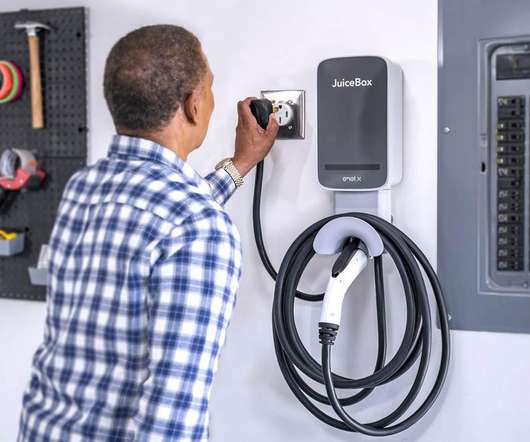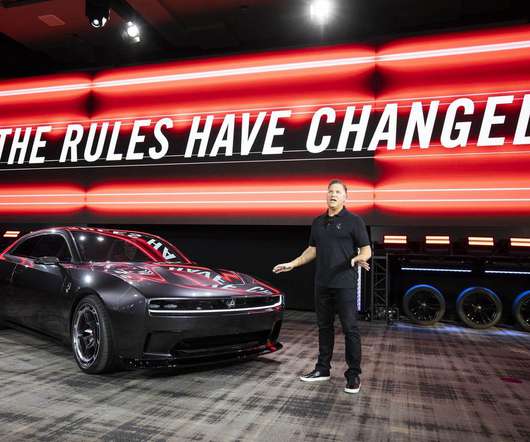The EV Transition Explained: Can the Grid Cope?
Cars That Think
NOVEMBER 28, 2022
There have been vigorous debates pro and con in the United States and elsewhere over whether electric grids can support EVs at scale. Converting a gas appliance to a heat pump, for example, would draw 4 to 6 kW, while an L2 charger for EVs would be 12 to 14 kW. The answer is a nuanced “perhaps.”












Let's personalize your content